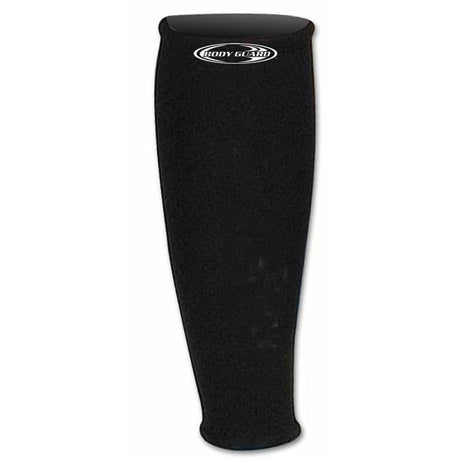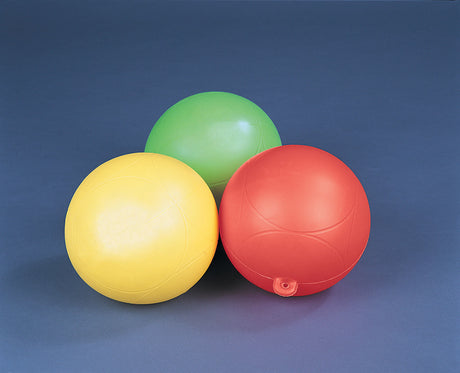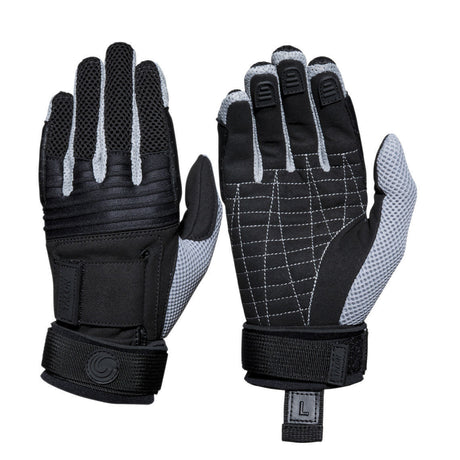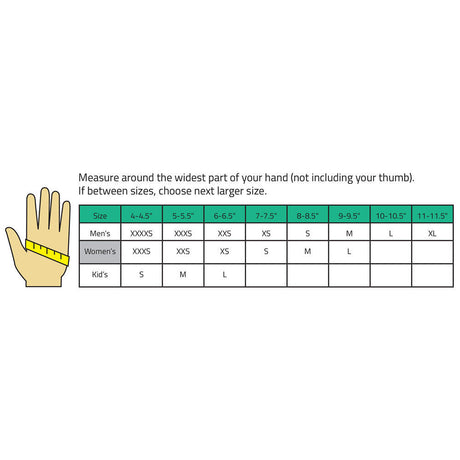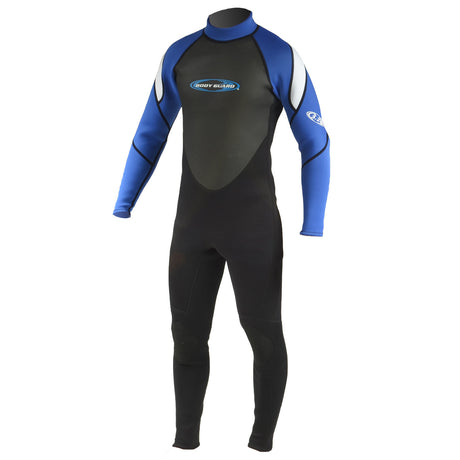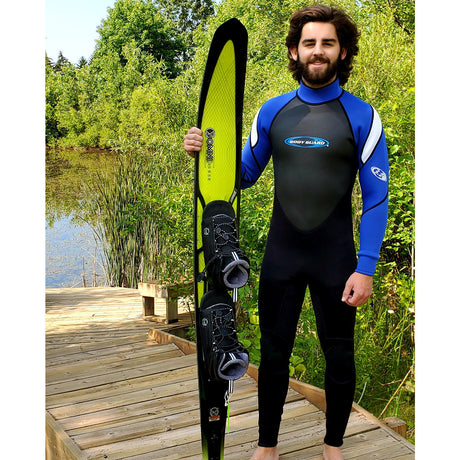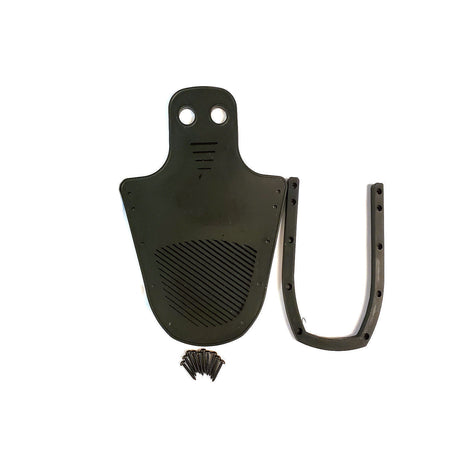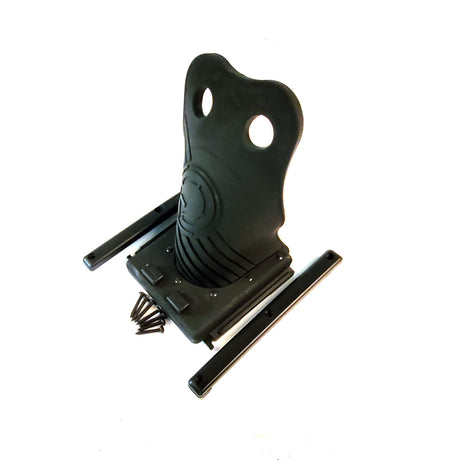Towed watercraft make for fun days on the lake -- but sometimes, it's just as fun to sit back and relax. Maybe you like doing yoga on the water. Or, perhaps the kids just want to hang out, dive in, and swim around offshore. That's where water mats come in!
What is a Water Mat?
Pictured: Aquaglide Swimstep XL Floating Platform
A water mat, also called a floating mat, floating platform, or water pad, is a stationary, inflatable watercraft made to function as a platform for lounging, jumping, and diving. Water mats are typically bought for kids, but adults can use them just as well -- they're great for sun tanning, lounging with friends, and supervising kids while they swim.
Water mats are also perfect for making boat- or dock-side hangouts, and they can be anchored to provide a semi-permanent floating dock for beachfront properties and vacation homes.
What Are Water Mats Made Of?

Pictured: Connelly Party Cove Island Floating Mat
Water mats come in two flavors: Inflatable, and naturally buoyant. Bouyant mats don't take air, and merely float because their construction is made to be lighter than water. Bouyant mats are typically made from layers of polyethylene foam.

Pictured: HO Hawaii Tritoon Floating Platform
Inflatable mats are made from tough vinyl and nylon. These fabrics are usually bound together with drop stitching to form a rigid hull when inflated with high pressure air.
Which Type of Water Mat is Better?
An inflatable mat is not universally better than a buoyant mat, and the inverse is true. Which type of mat is better for you depends on your intended use, and the water itself.
Buoyant water mats are more convenient. Mats that don't require inflation are easier to store and carry in the car. They're lighter, too, and can typically be carried by one person to and from the water. That makes buoyant mats better for short, daylong trips to the local lake.
Buoyant mats are less stable. These mats have lower weight capacities than inflatables, and they're not rigid like inflatable mats. In other words, buoyant mats are less stable in rough water and are better suited for kids and single riders.
Inflatable water mats have higher weight limits. Inflatable water mats are capable of handling multiple adults, with most 10 square feet mats providing around 1,800 pounds of weight capacity.
Inflatable mats are better for rough water. These mats are heavier than buoyant mats, and they're rigid when inflated. That makes inflatable mats far more stable in rough water.
Inflatable mats are tougher to transport. When deflated, these mats weigh at least 50 to 100 pounds, and they take up more space than buoyant mats. You'll need a large cargo area to transport them, and it typically takes at least two people to set them up.
Inflatables require electric pumps. You simply can't inflate a drop-stitched inflatable platform with a hand pump in a reasonable amount of time. You'll want to invest in a waterside power source and electric pump.
Picking the Ideal Water Mat Size

Pictured: O'Brien Runway 18' Float
First, it's important to note that buoyant mats have less flotation and weight capacity than inflatable mats of comparable sizes. With that in mind, these are the recommended mat sizes you should look for when it comes to accommodating a certain number of adults and children.
For up to two riders: Pick a buoyant mat measuring at least 8 feet by 6 feet. Foam mats of this size have weight capacities of about 200 pounds. The small Connely Party Cove is a good example.
Inflatable mats that can hold up to 200 pounds are, on average, 20 to 30% smaller. The Aquaglide 7.5-ft. Half Deck and Swimpstep XL Mat are great options for hosting two adults, or four children.
For up to five riders: Most bouyant mats can't accommodate more than two people, so you'll be looking exclusively at inflatables. A 10'L x 5'W mat (like the Aquaglide Speedway) can hold up to five adults.
For a dock or swim platform: You'll want to pick a longer, narrower inflatable option that measures at least 15 feet in length. It's also important to make sure the mat has tie-downs or anchor points. Inflatable mats this large can usually host up to 8 adults. The Aquaglide Splashmat is a great example.
Don't Forget an Anchor

You'll want to get a bag anchor for your water mat. This will ensure the platform remains more stable and won't float away with the current. An anchor bag can hold up to 750 pounds of load, making a single bag adequate for most mats.



